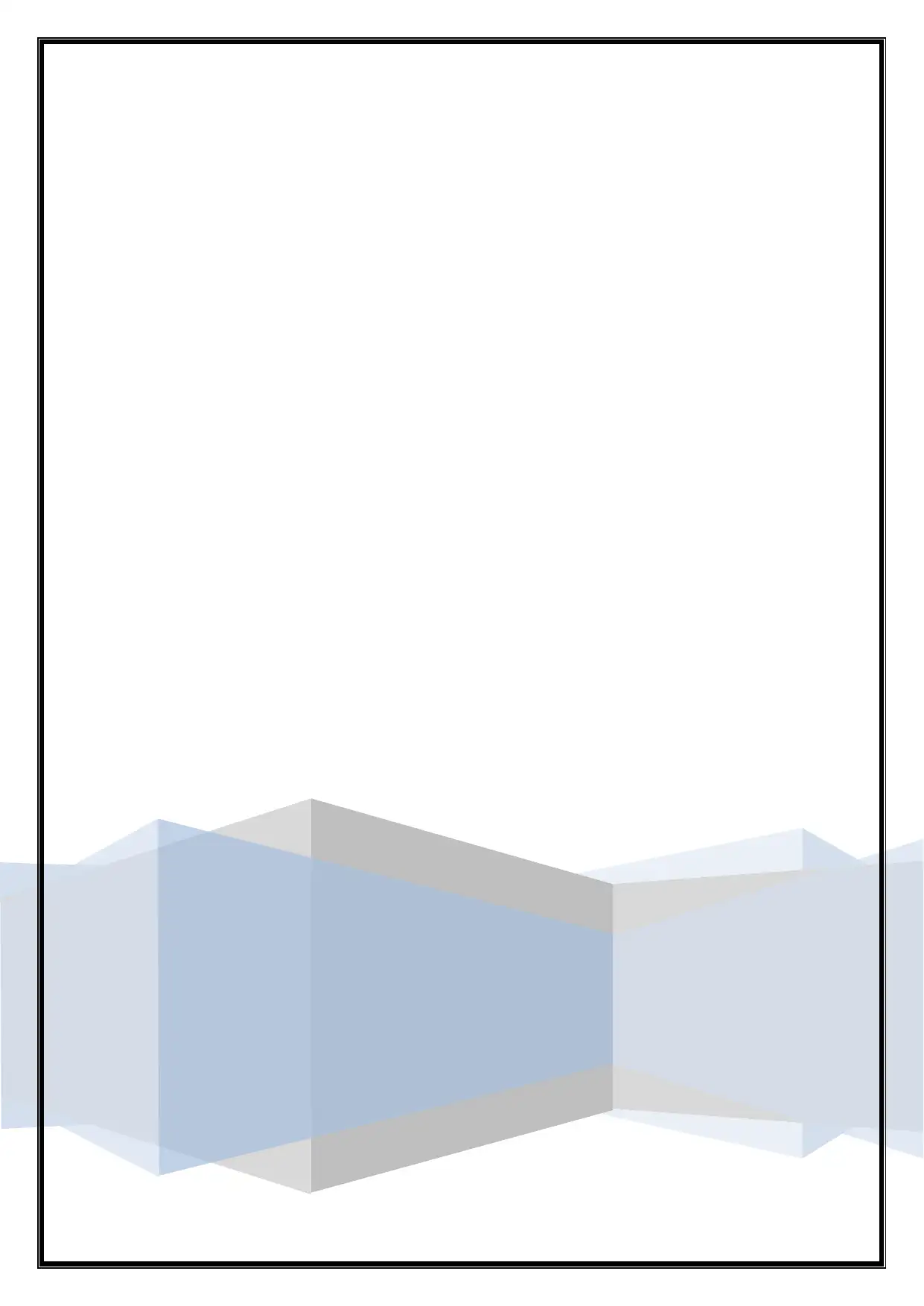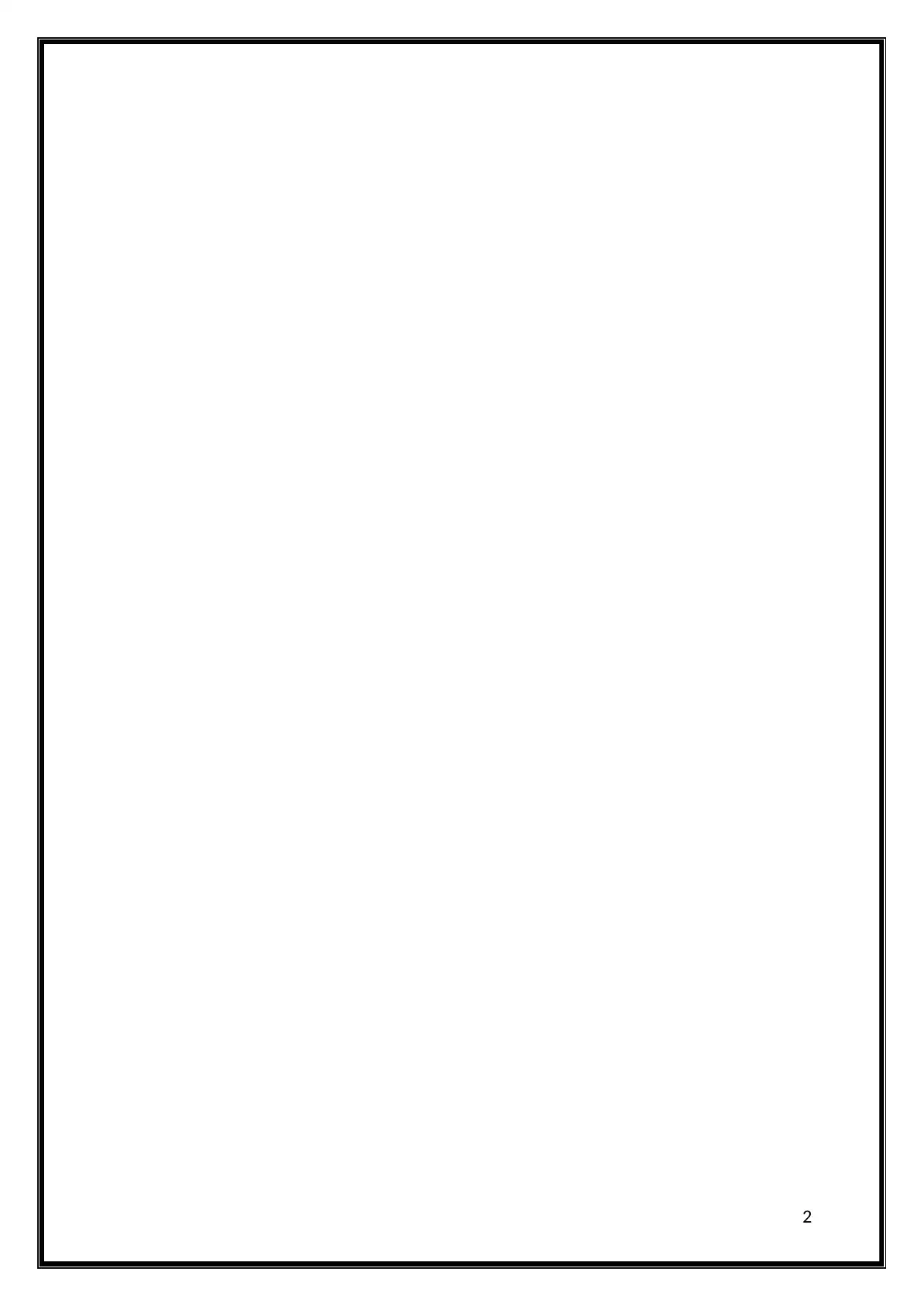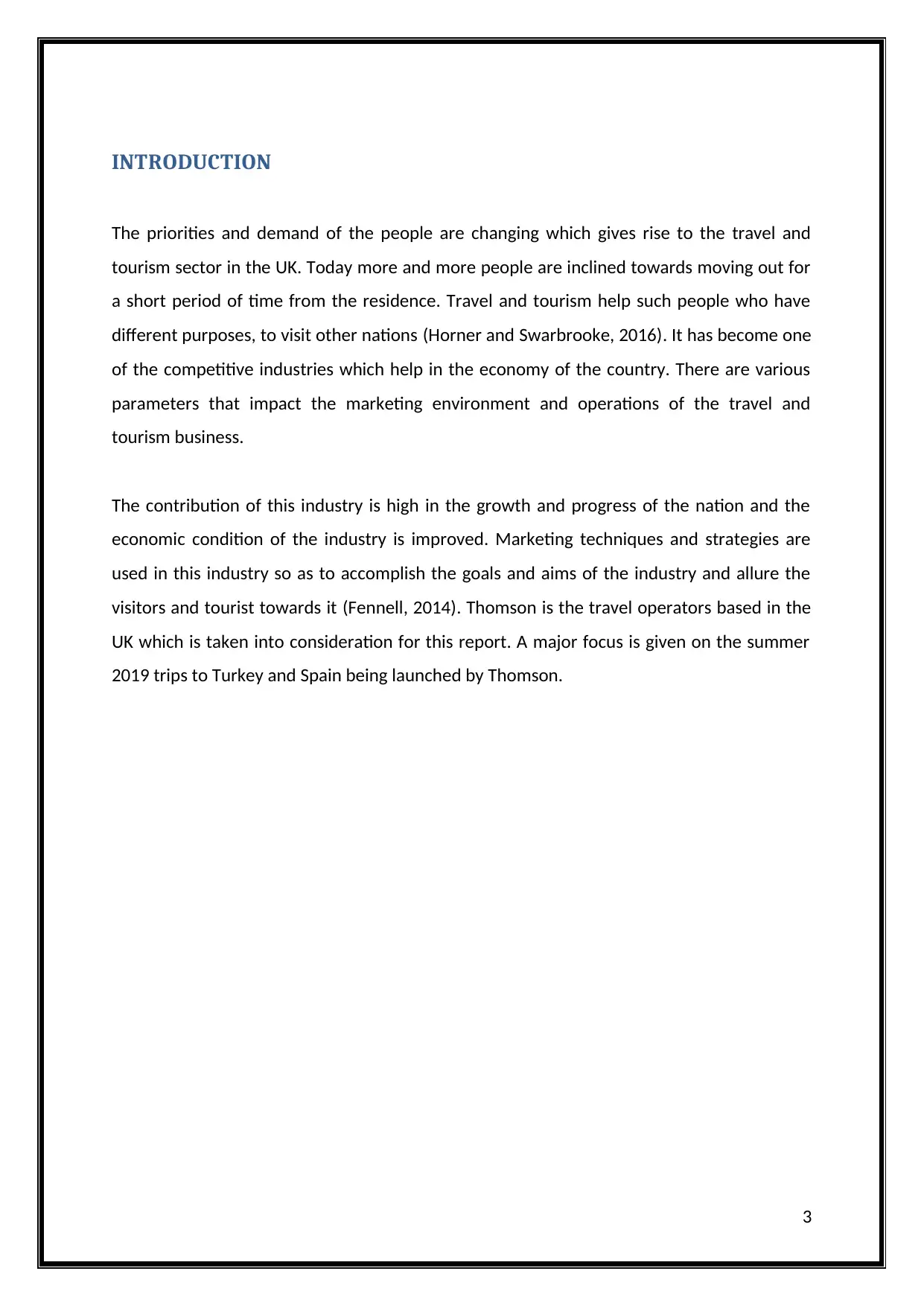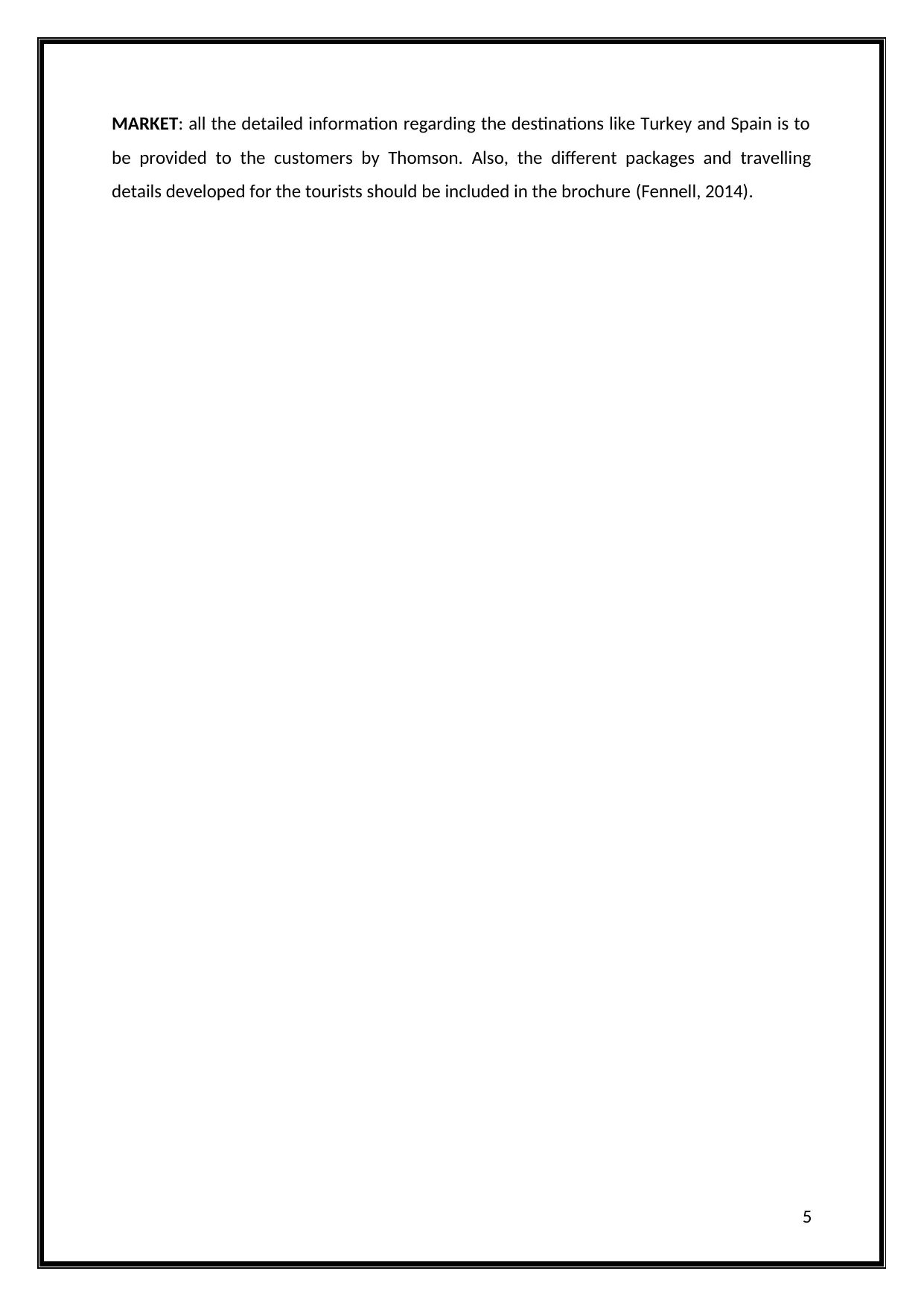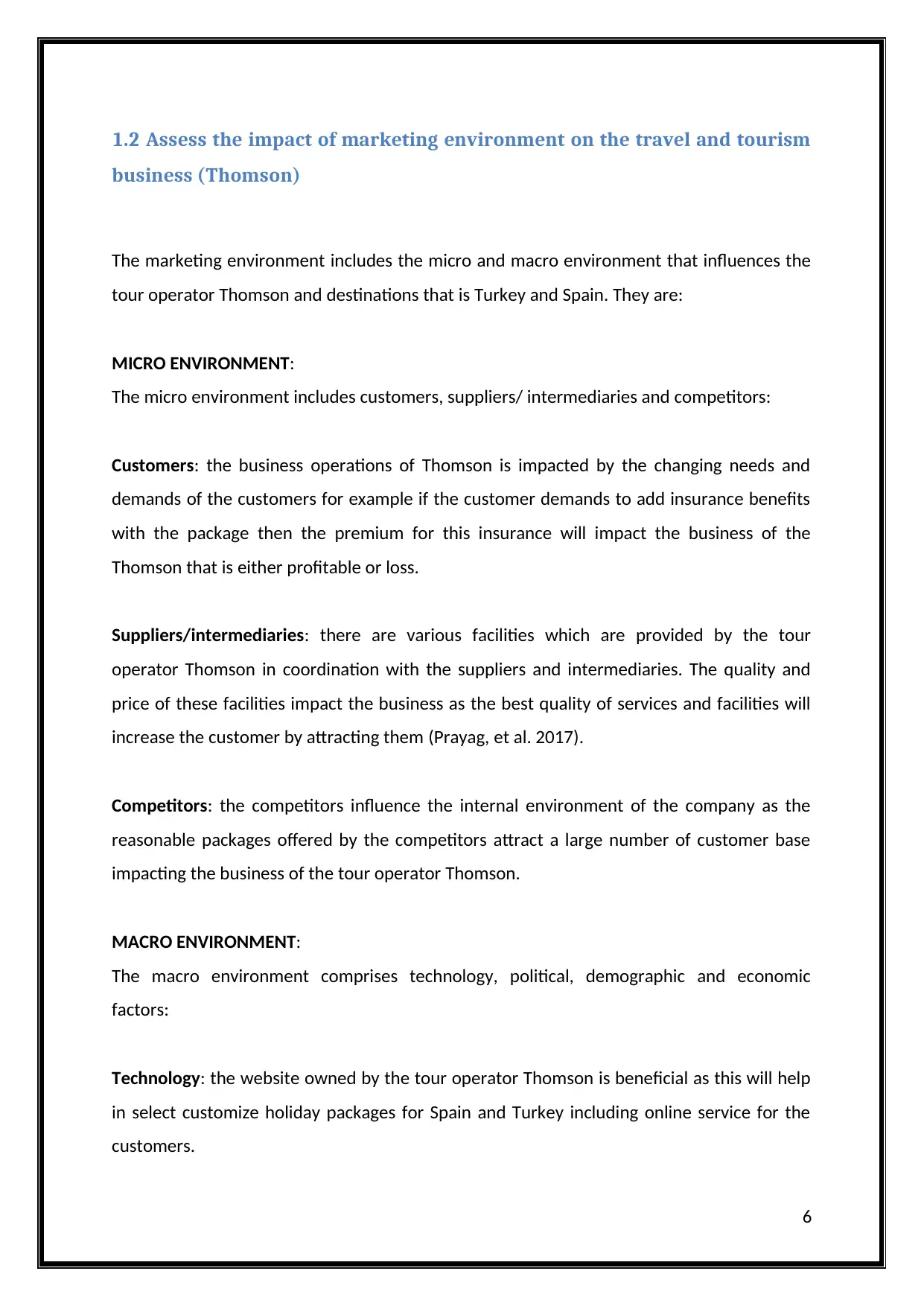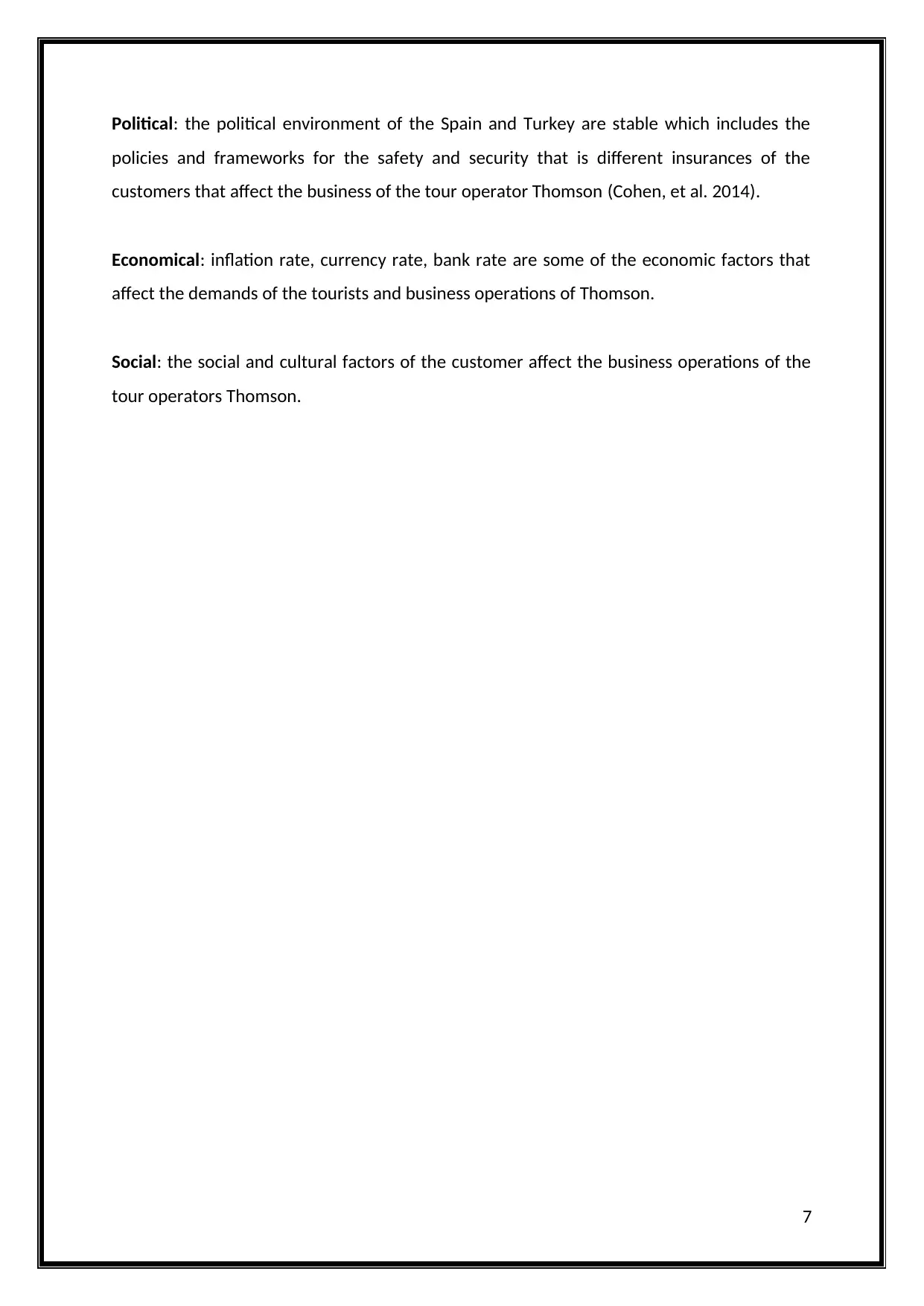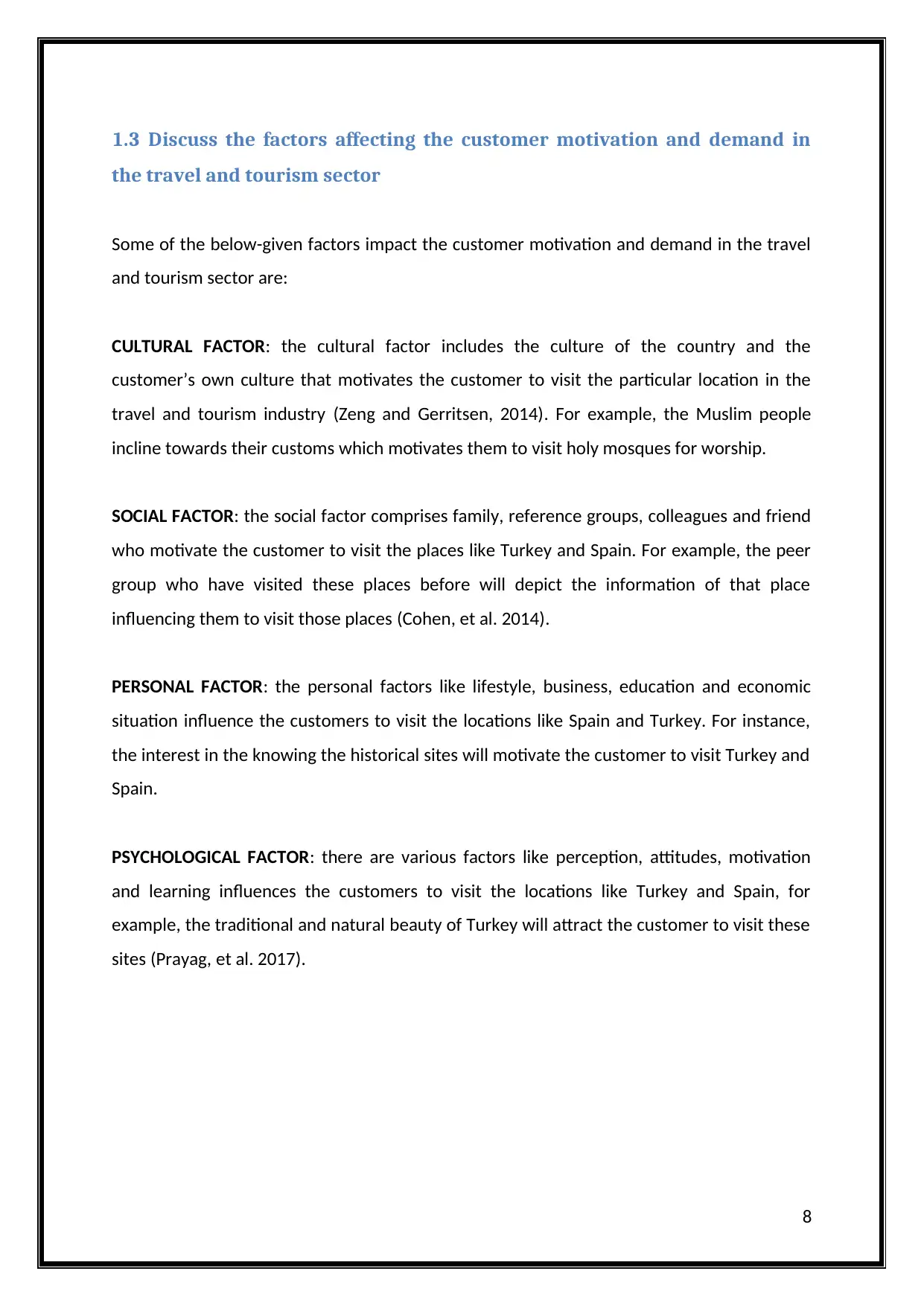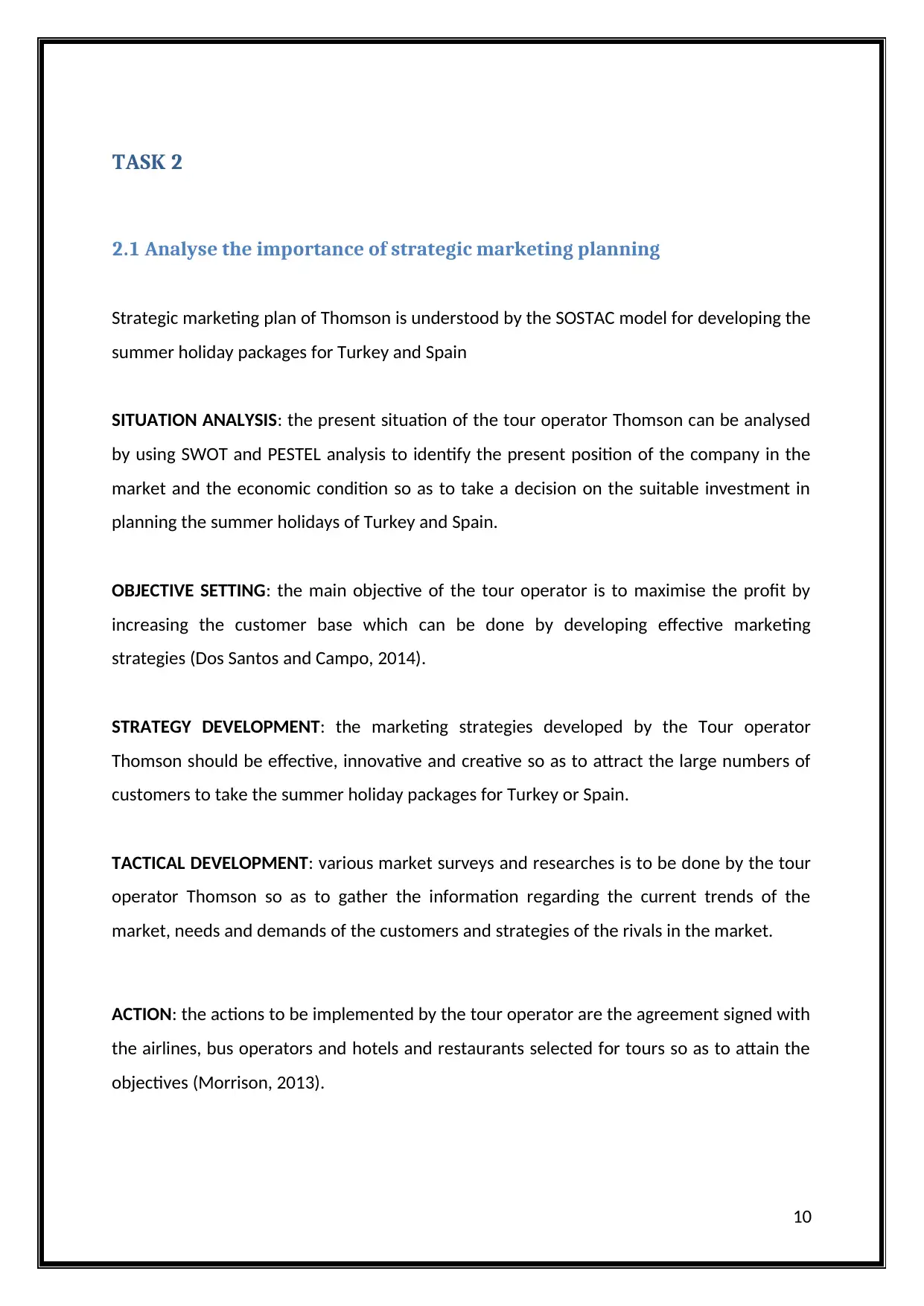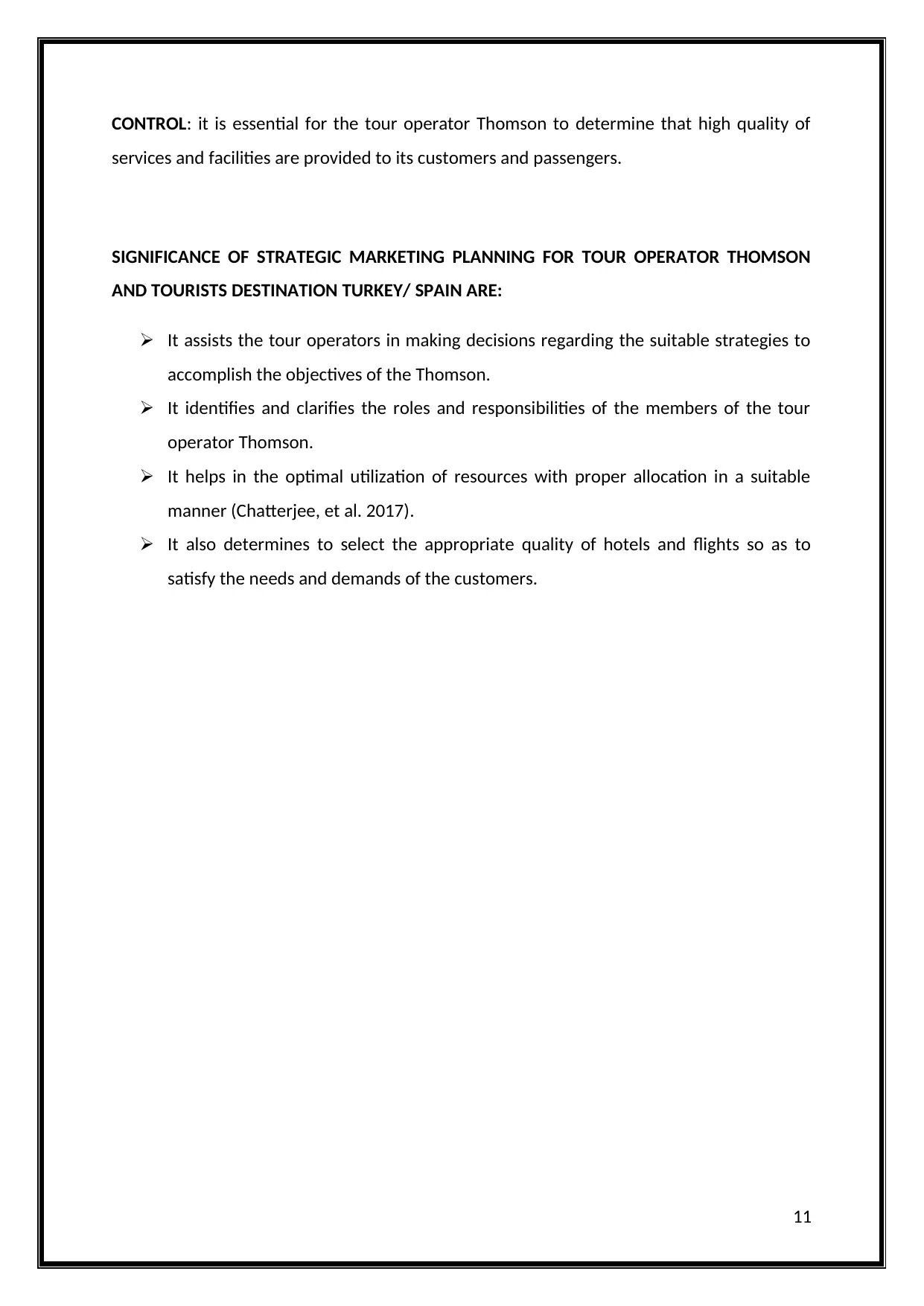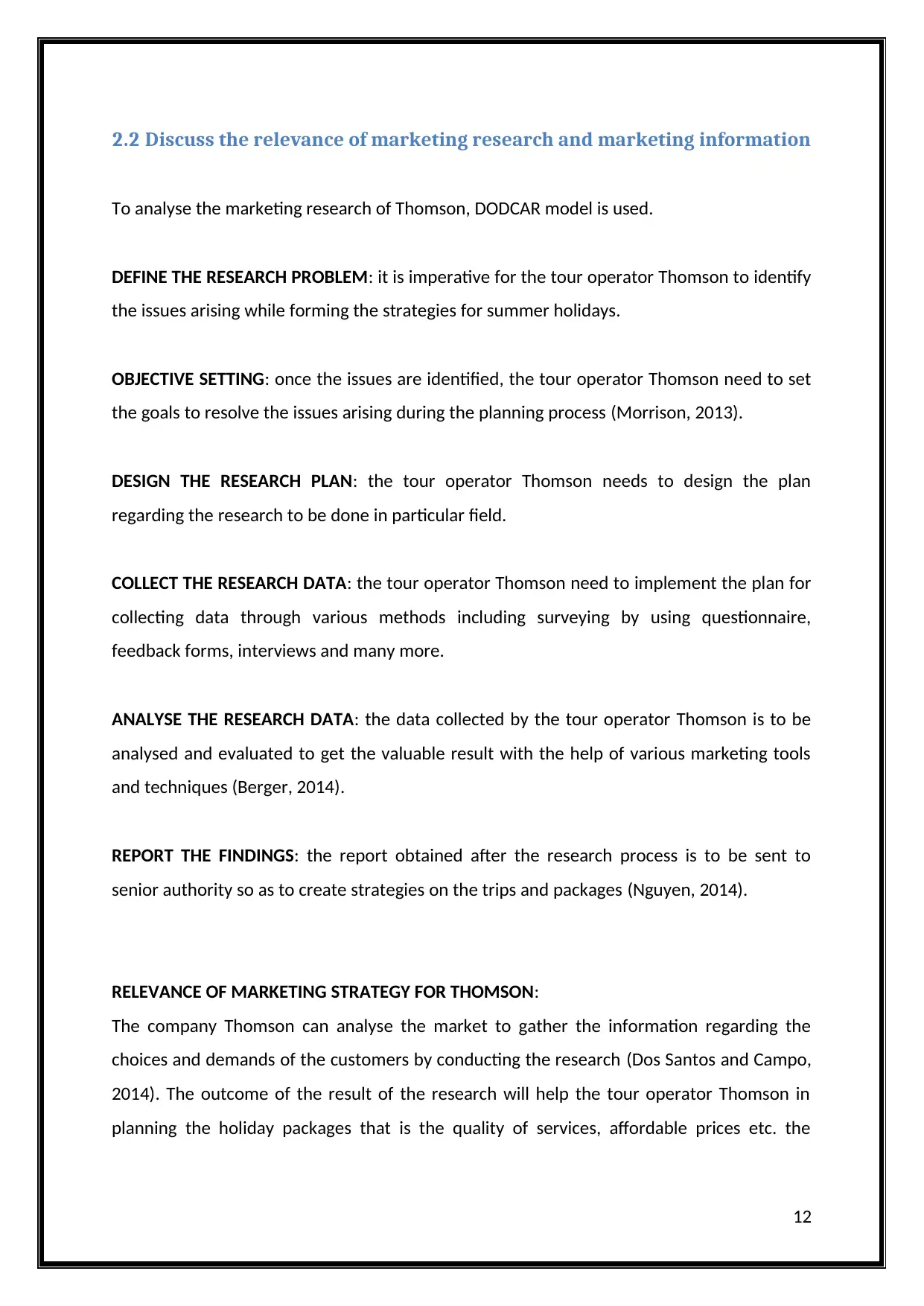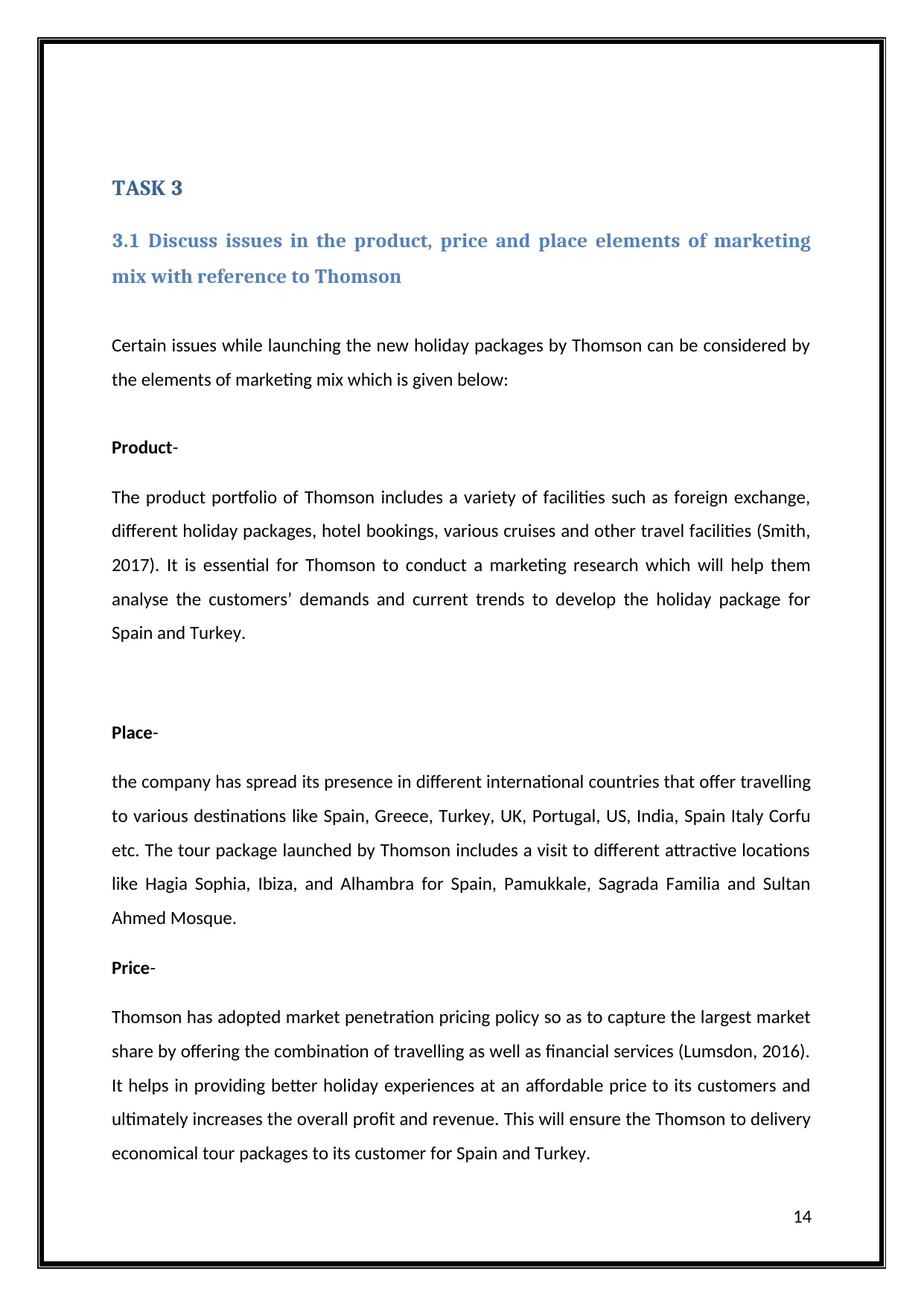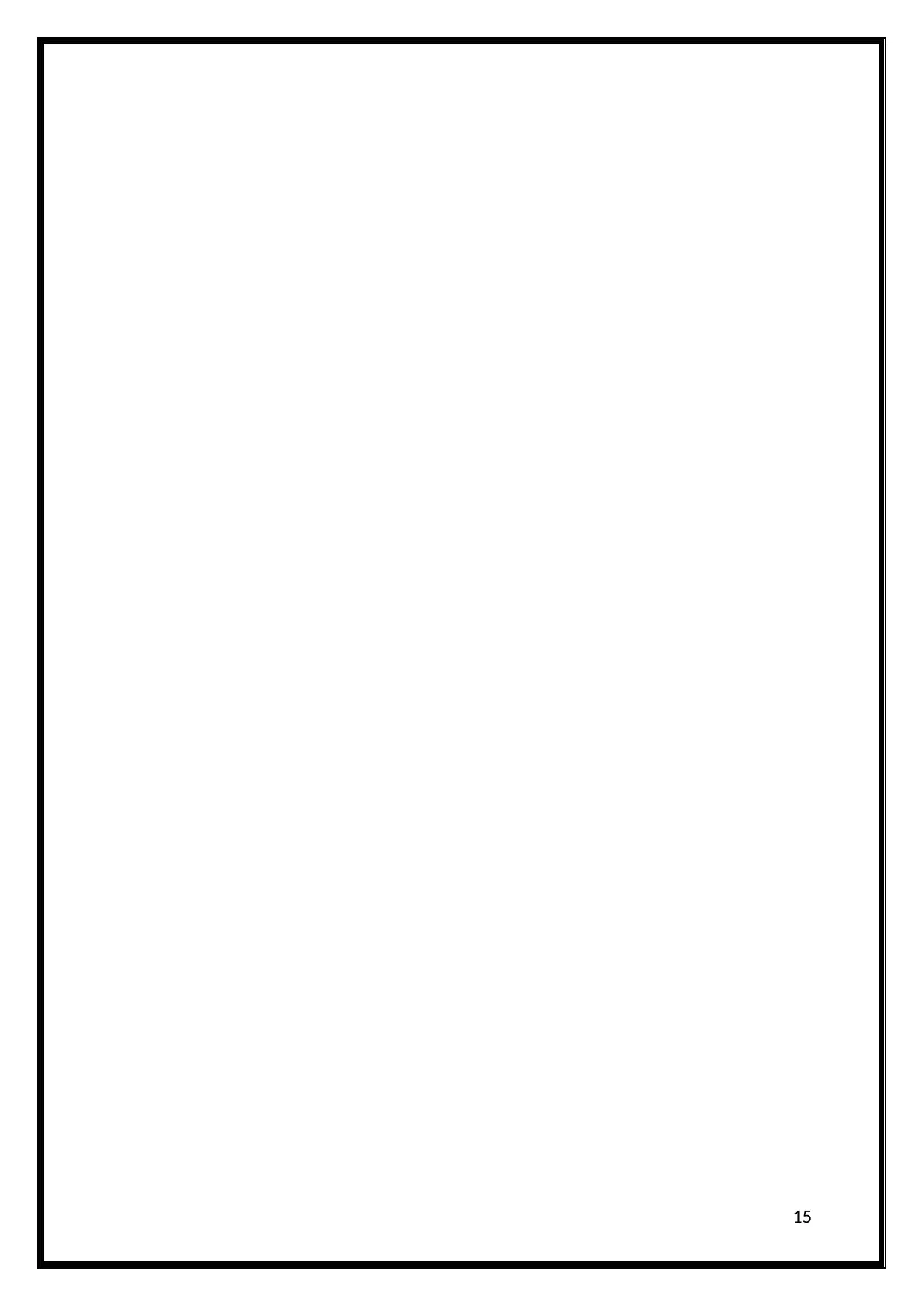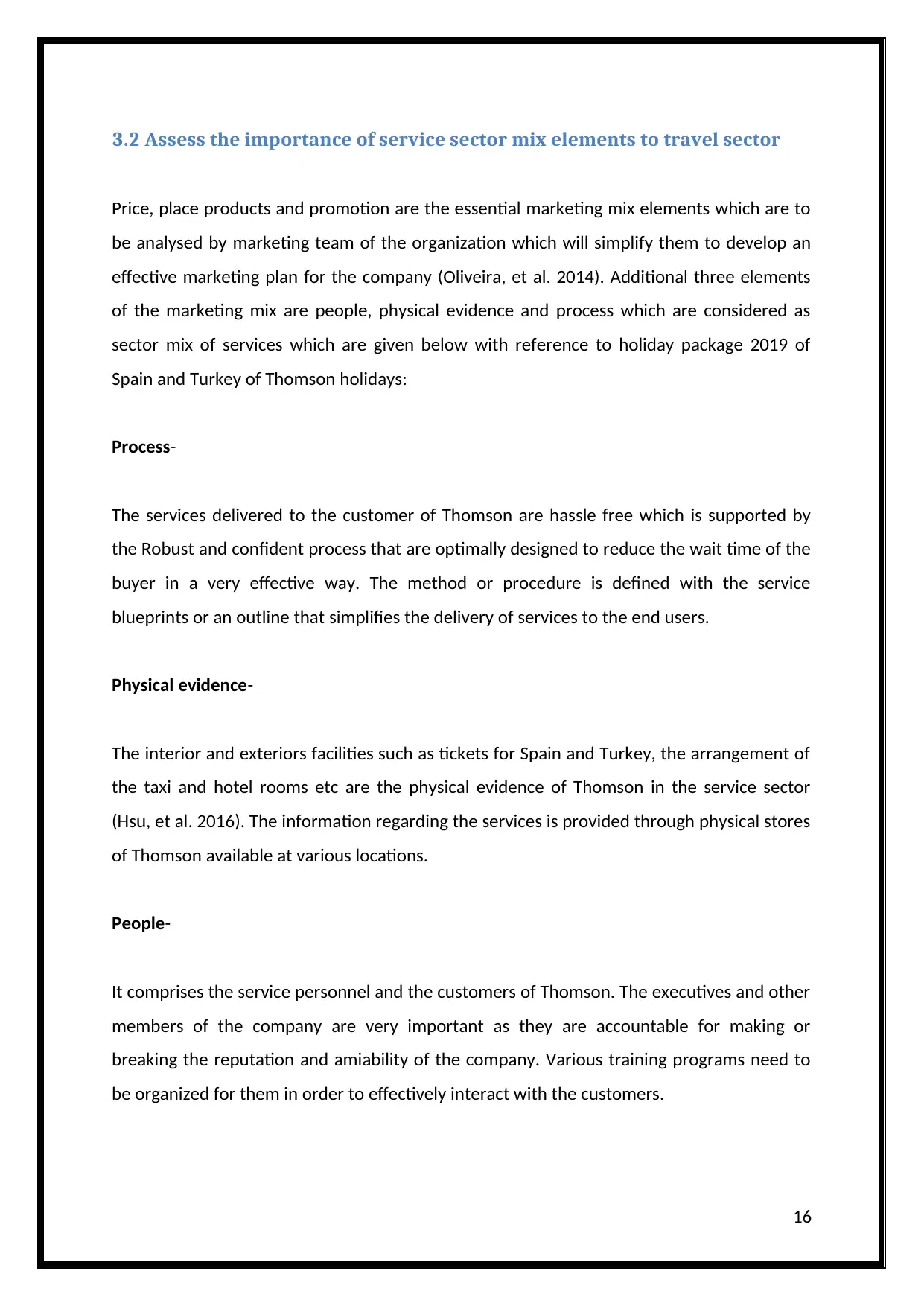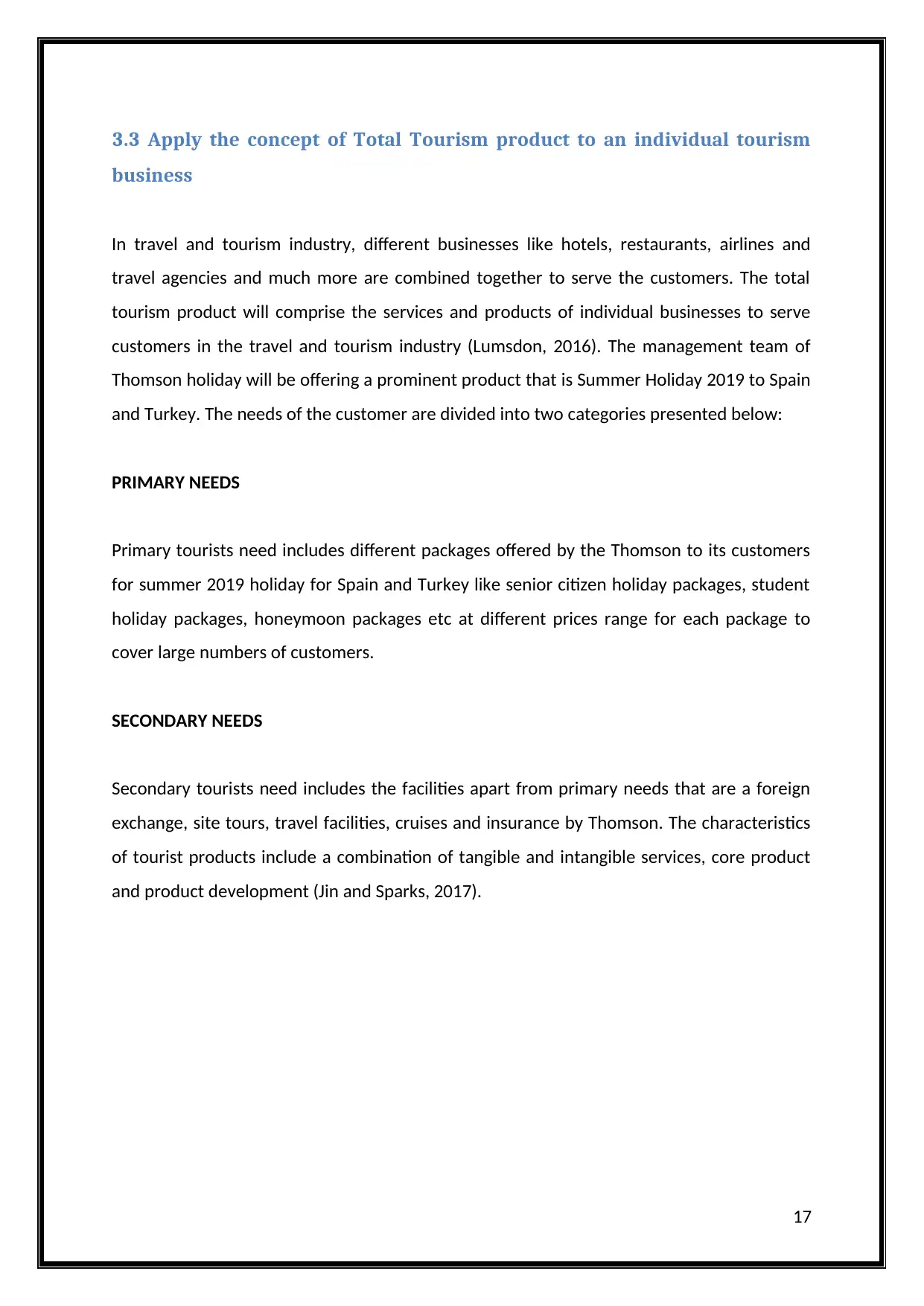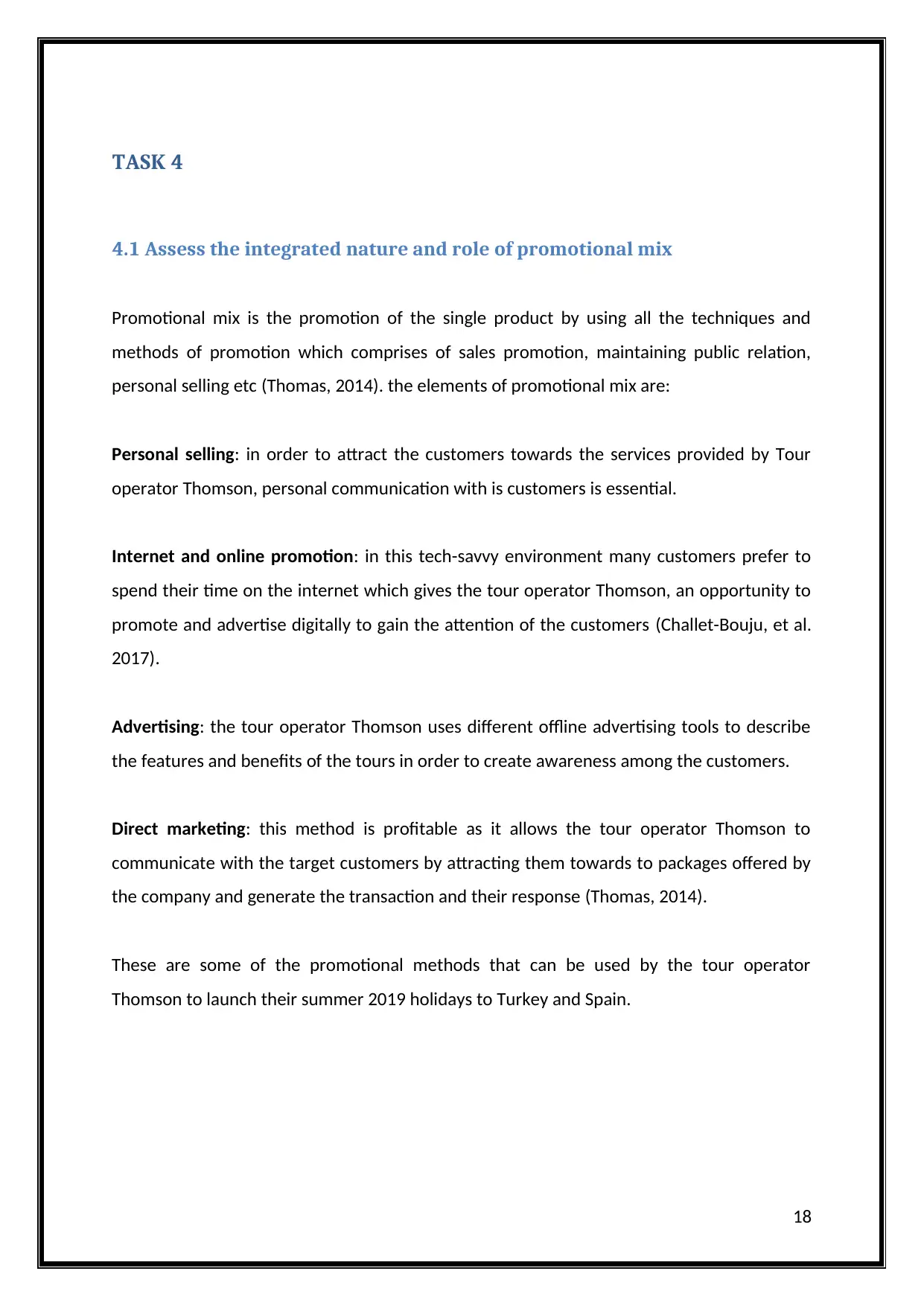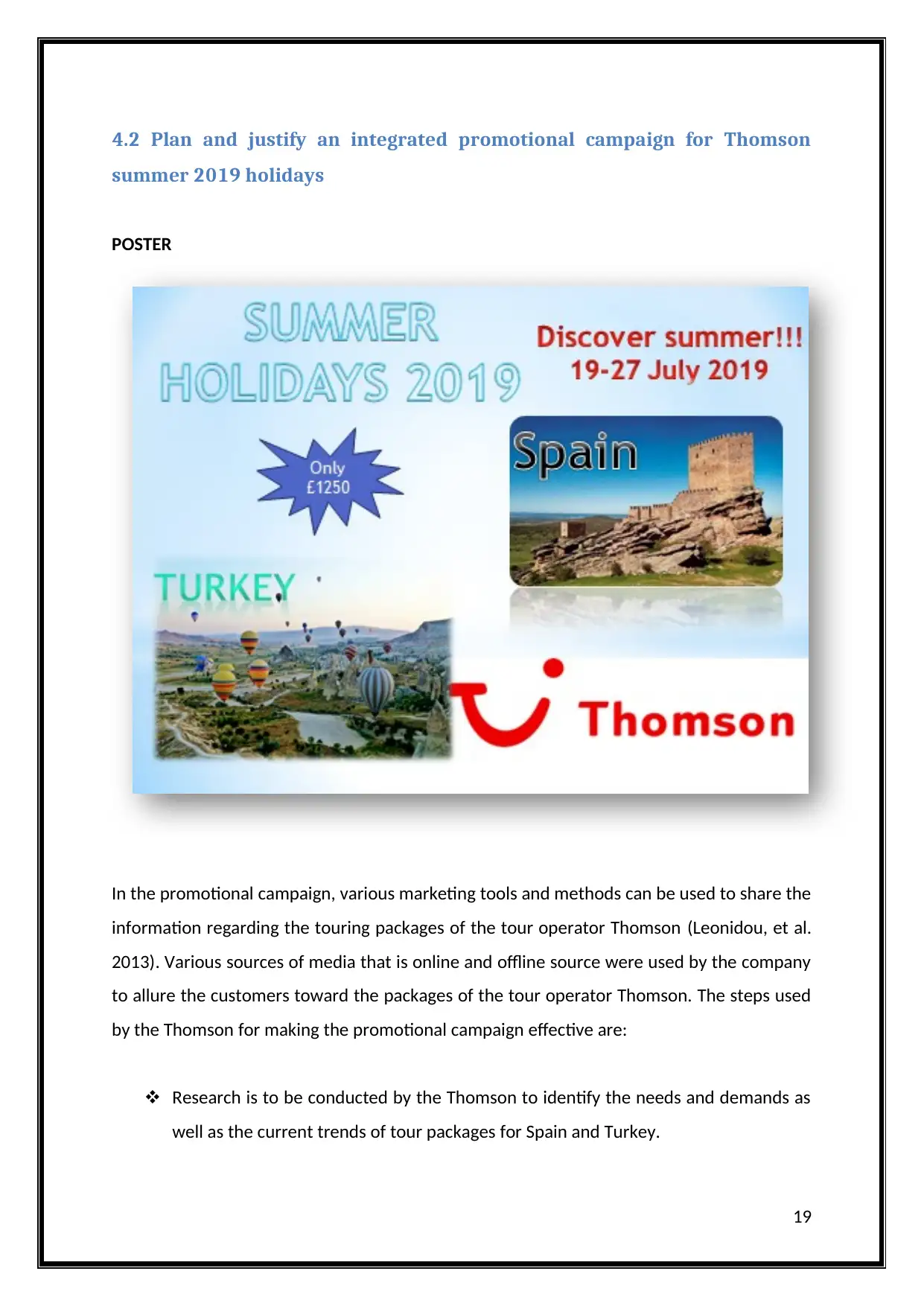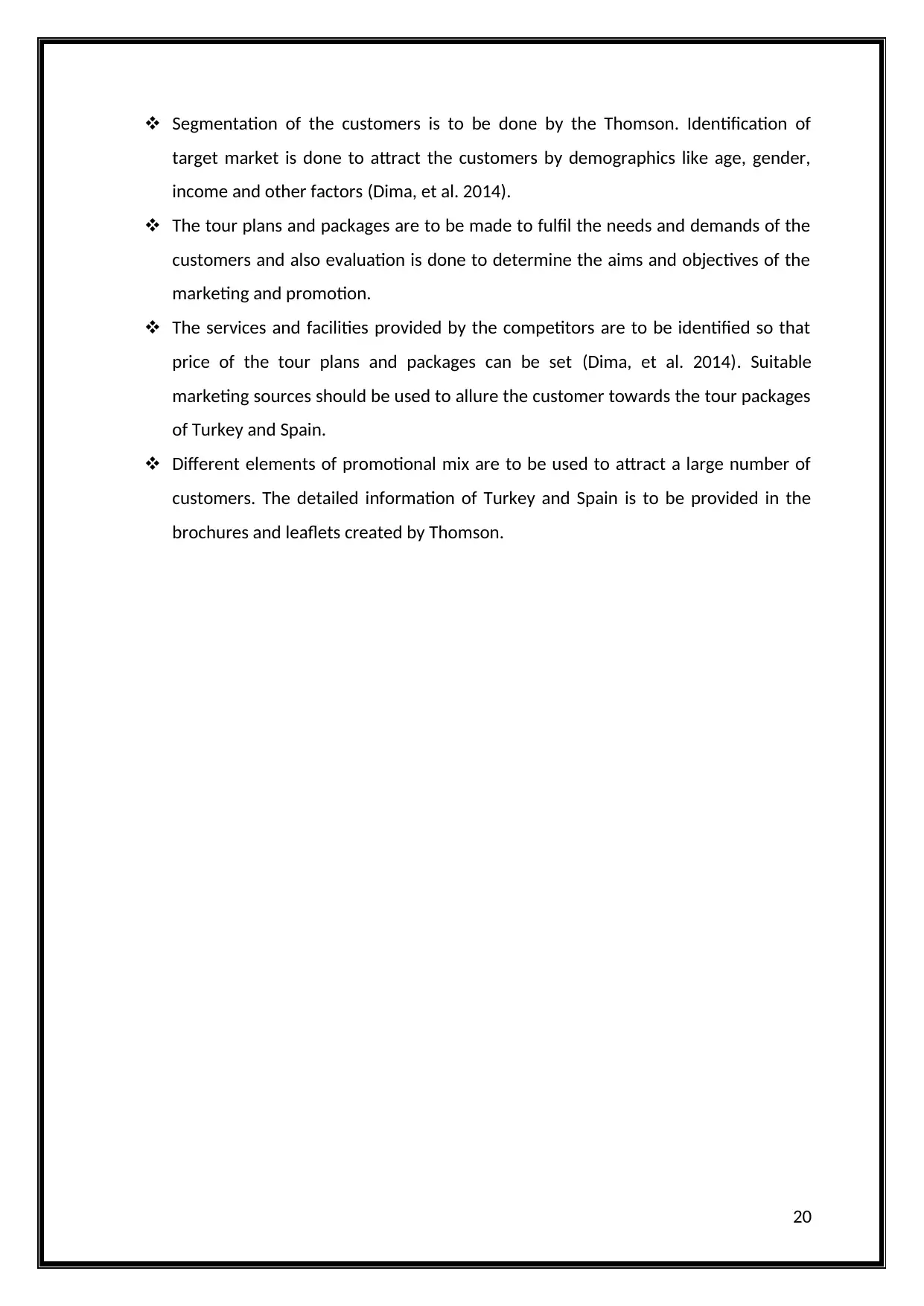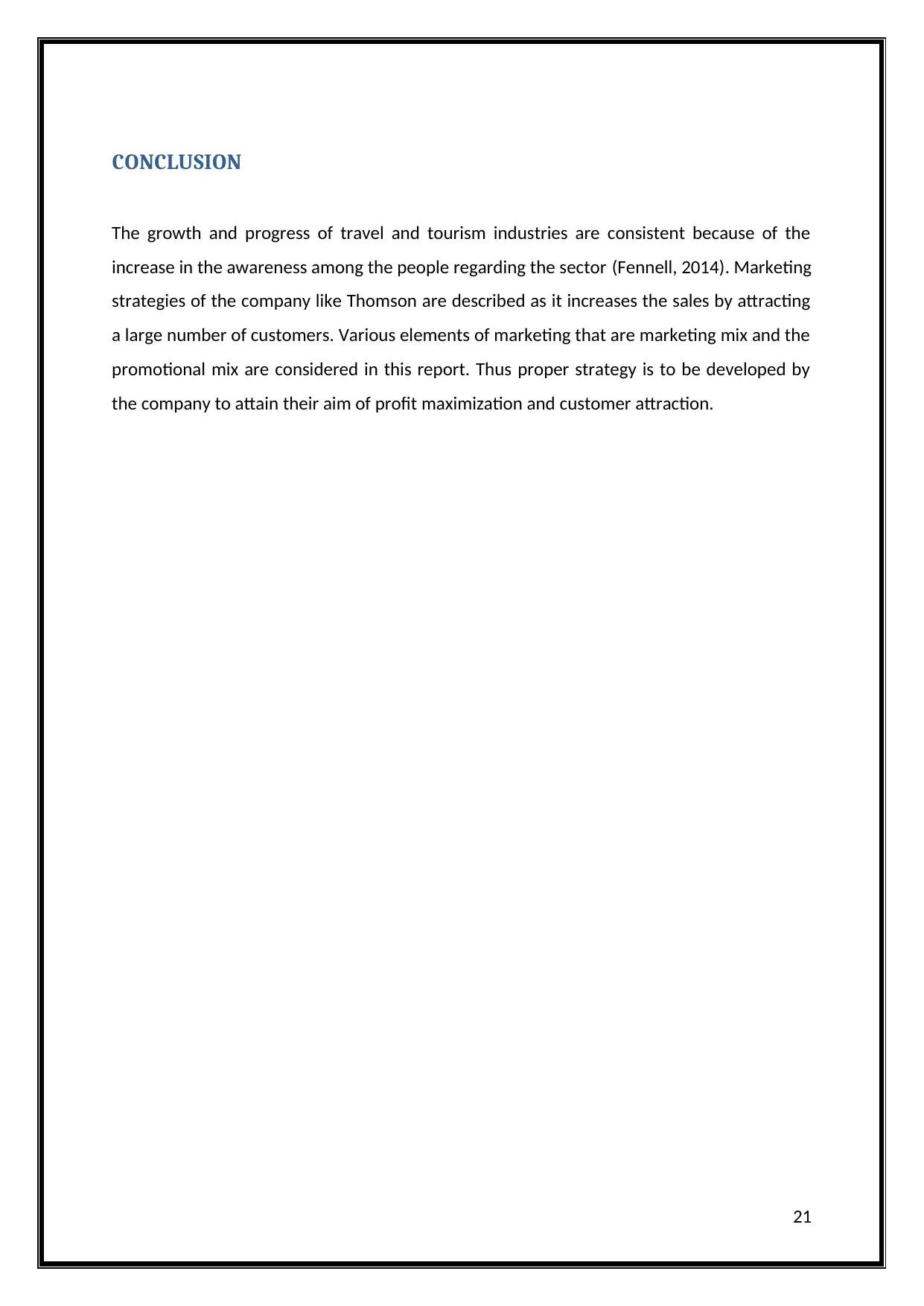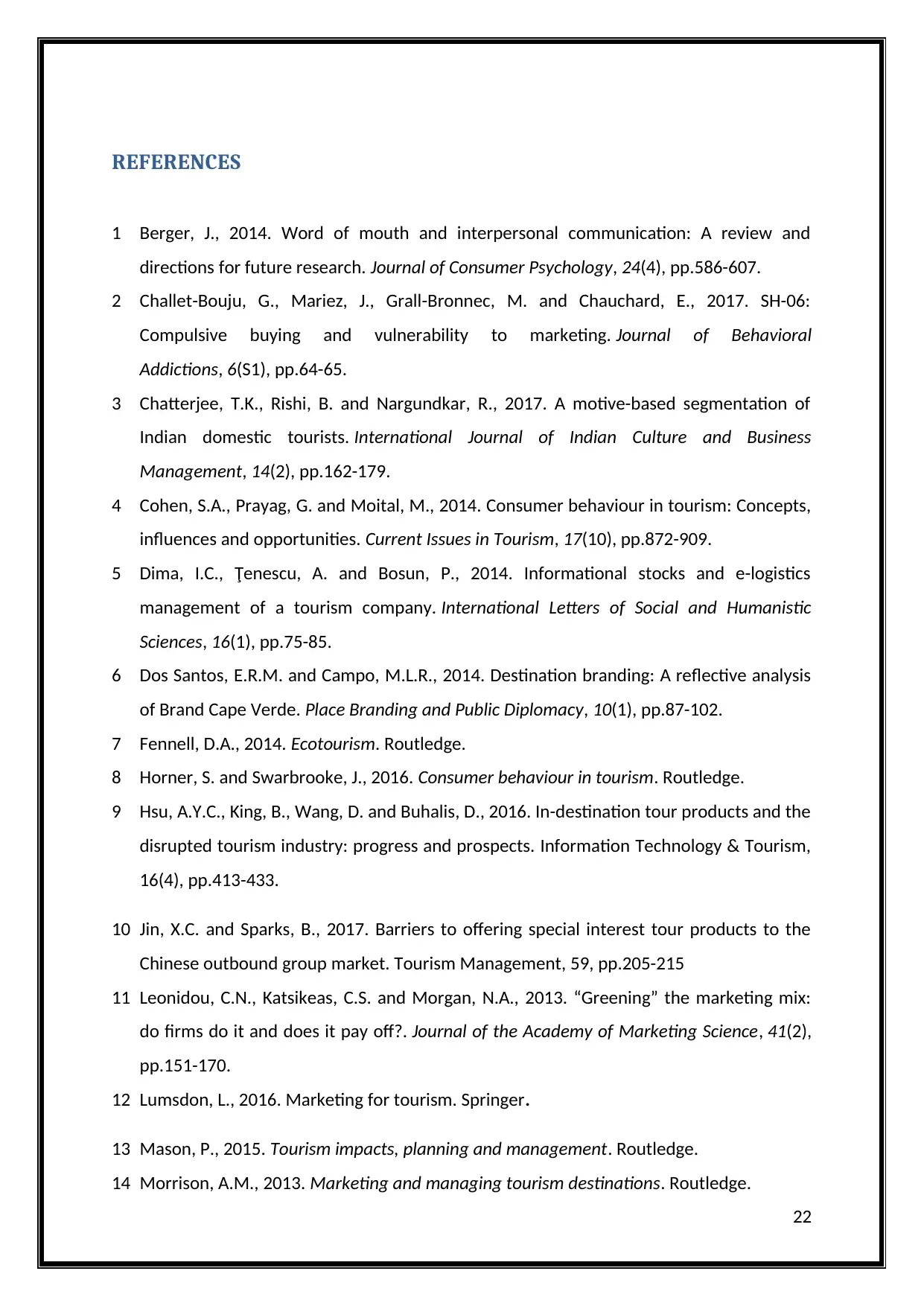This report examines the marketing strategies employed by Thomson Holidays for their summer 2019 packages to Turkey and Spain. It analyzes the core concepts of marketing in the travel and tourism sector, assesses the impact of the marketing environment, and discusses factors affecting customer motivation and demand. The report also explores the importance of strategic marketing planning, marketing research, and the influence of marketing on society. Furthermore, it delves into the elements of the marketing mix, including product, price, place, promotion, people, physical evidence, and process. The report concludes with an integrated promotional campaign plan for Thomson's summer 2019 holidays, justifying the use of various promotional mix elements to attract a wider customer base.
![[object Object]](/_next/static/media/star-bottom.7253800d.svg)
![[object Object]](/_next/static/media/star-bottom.7253800d.svg)
